Cao Fei, until 31 August, MoMA PS1 The Beijing-based artist Cao Fei aims to capture what it feels like to participate in fast-changing Chinese society. Although she has become a favourite at international biennials, Cao, aged 37, has never before had a solo show at a US museum. One highlight of her debut at MoMA PS1 is Whose Utopia? (2006), a multi-part video filmed inside a light bulb factory. The video shows automated machines assembling the bulbs and factory staff dancing and playing guitar. “By collapsing extremes of the everyday and the fantastical into one, her work questions the circumstances of daily life,” says Klaus Biesenbach, the director of MoMA PS1. G.Ai.
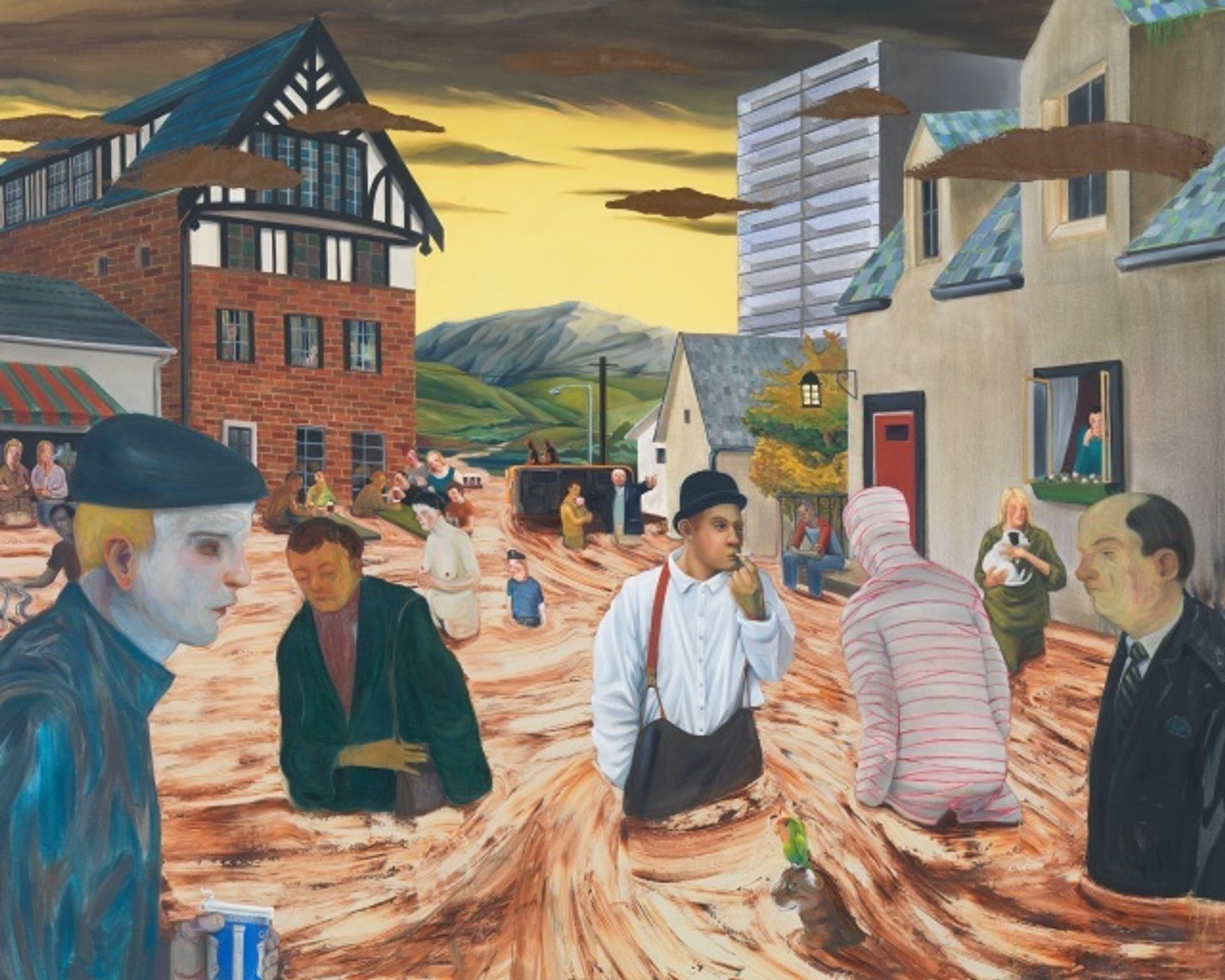
Nicole Eisenman: Al-ugh-ories, 4 May-26 June, New Museum
With one phone call last autumn, Nicole Eisenman went from being an artist’s artist to a certifiable genius: she won the prestigious MacArthur fellowship, also known as the “genius” grant ($625,000 over five years, no strings attached). But the artist, aged 51, is not resting on her laurels. This month, she opens her first New York survey at the New Museum (4 May-26 June) and her first show at Anton Kern Gallery in Chelsea (19 May-25 June). Eisenman manages to be “engaged with both the present and the history of art without being pedantic about it”, says the New Museum’s artistic director Massimiliano Gioni. The New Museum show is less a retrospective than a “diagonal look” at the theme of allegory in Eisenman’s work. (The approach was her idea, Gioni says.) The show also includes two new sculptures. One is particularly meta for an artist who feels she has much more to do: a half-formed head sitting on an abandoned painter’s table in a studio. J.H.
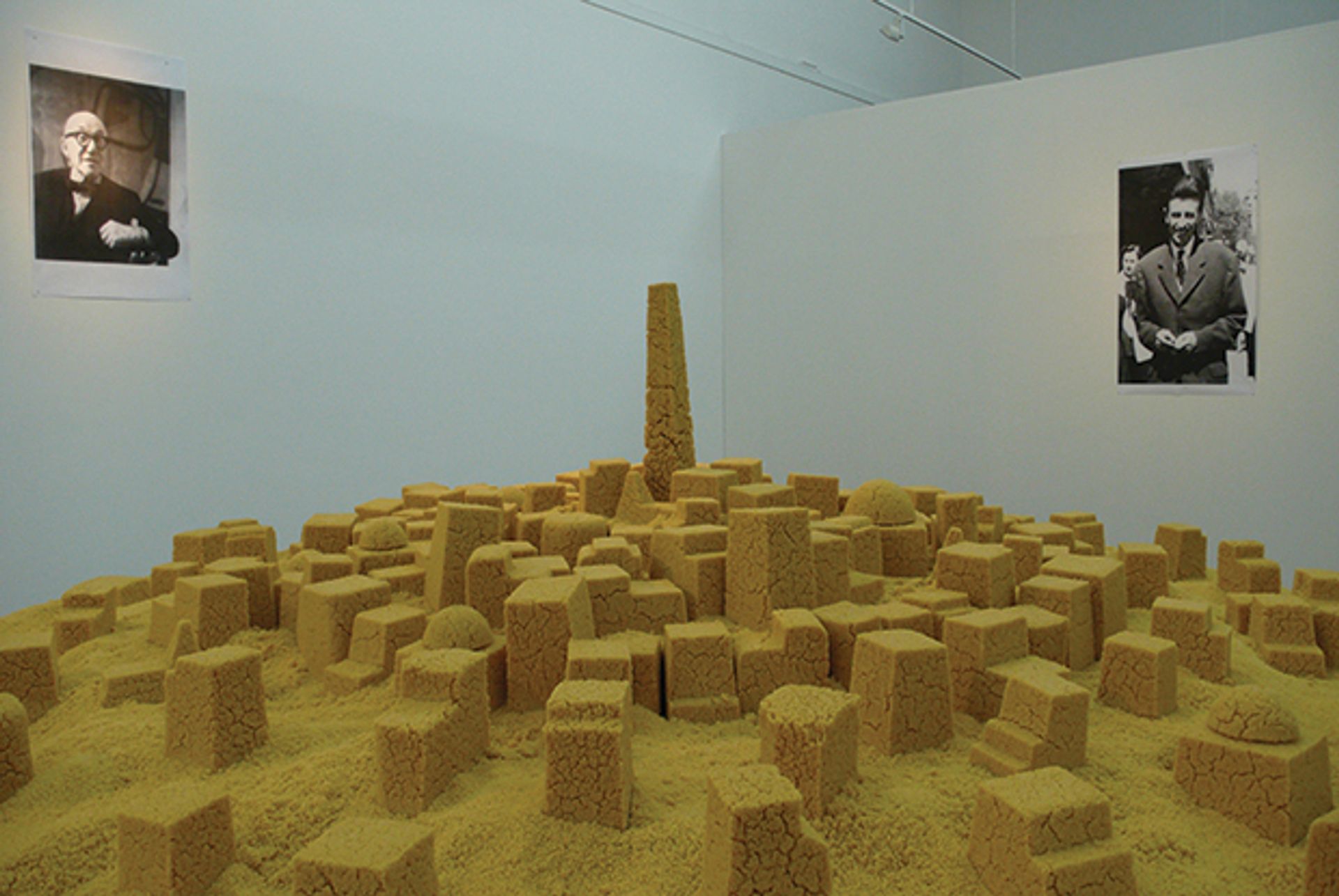
But a Storm Is Blowing from Paradise: Contemporary Art from the Middle East and North Africa, until 5 October, Solomon R. Guggenheim Museum
The UBS MAP Global Art Initiative, which aims to beef up the Guggenheim’s collection of international art, is turning its focus to North Africa and the Middle East for its third iteration. Like previous editions, which examined Latin America and South Asia, the latest show features works that have recently been acquired by the Guggenheim. One highlight: the Berlin-based artist Kader Attia’s recreation of the Algerian city that inspired the French architect Le Corbusier—made entirely of couscous (Untitled, Ghardaïa, 2009). The show will travel to the Pera Museum in Istanbul in 2017. G.Ai.

Crime Stories: Photography and Foul Play, until 31 July, Metropolitan Museum of Art This show is not for the faint of heart. The Metropolitan Museum of Art is showing nearly 40 photographs from the 1850s to the present of crime scenes and criminals. The exhibition includes images of the aftermath of the assassination of president Abraham Lincoln in 1865 and a snapshot of the nightclub owner Jack Ruby shooting Lee Harvey Oswald, the killer of John F. Kennedy, in 1963. The show also presents works by big-name artists like Richard Avedon, Larry Clark and Walker Evans, all of whom were fascinated with crime. G.Ai.
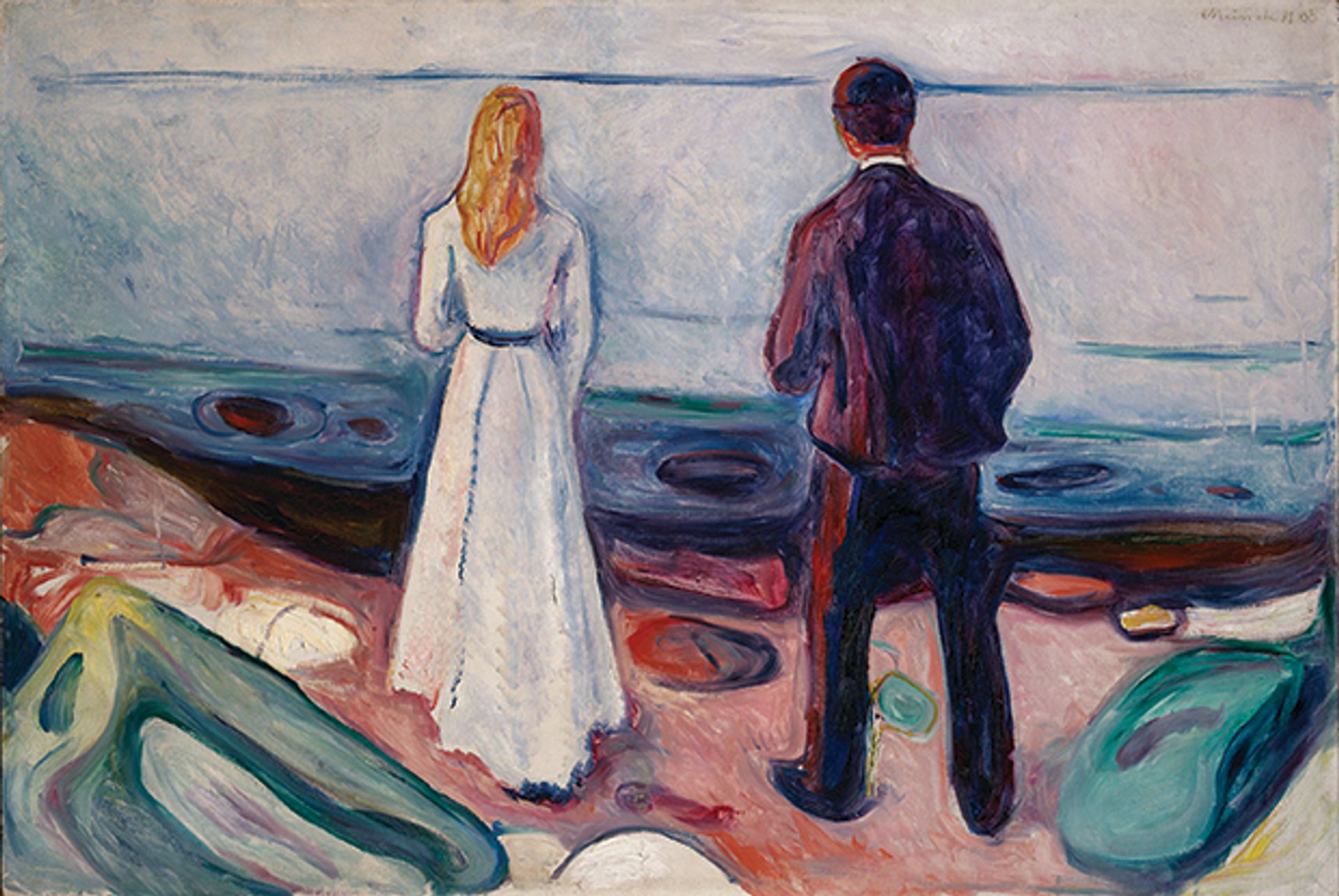
Munch and Expressionism, until 13 June, Neue Galerie
"In whatever medium he worked—painting, drawing, or printmaking—the art of Munch is like a punch to the stomach." This line, from the collector Ronald Lauder's preface to the exhibition catalogue for Munch and Expressionism at the Neue Galerie, is exactly half true. The show includes not only Munch's anxiety-inducing paintings, but also his bright, colourful, cheery pictures of patrons and friends. Through around 35 paintings and 50 works on paper, the exhibition also reveals why Munch was essential for artists like Egon Schiele, Ludwig Meidner and Emil Nolde, who drew heavily on his influence. P.P.
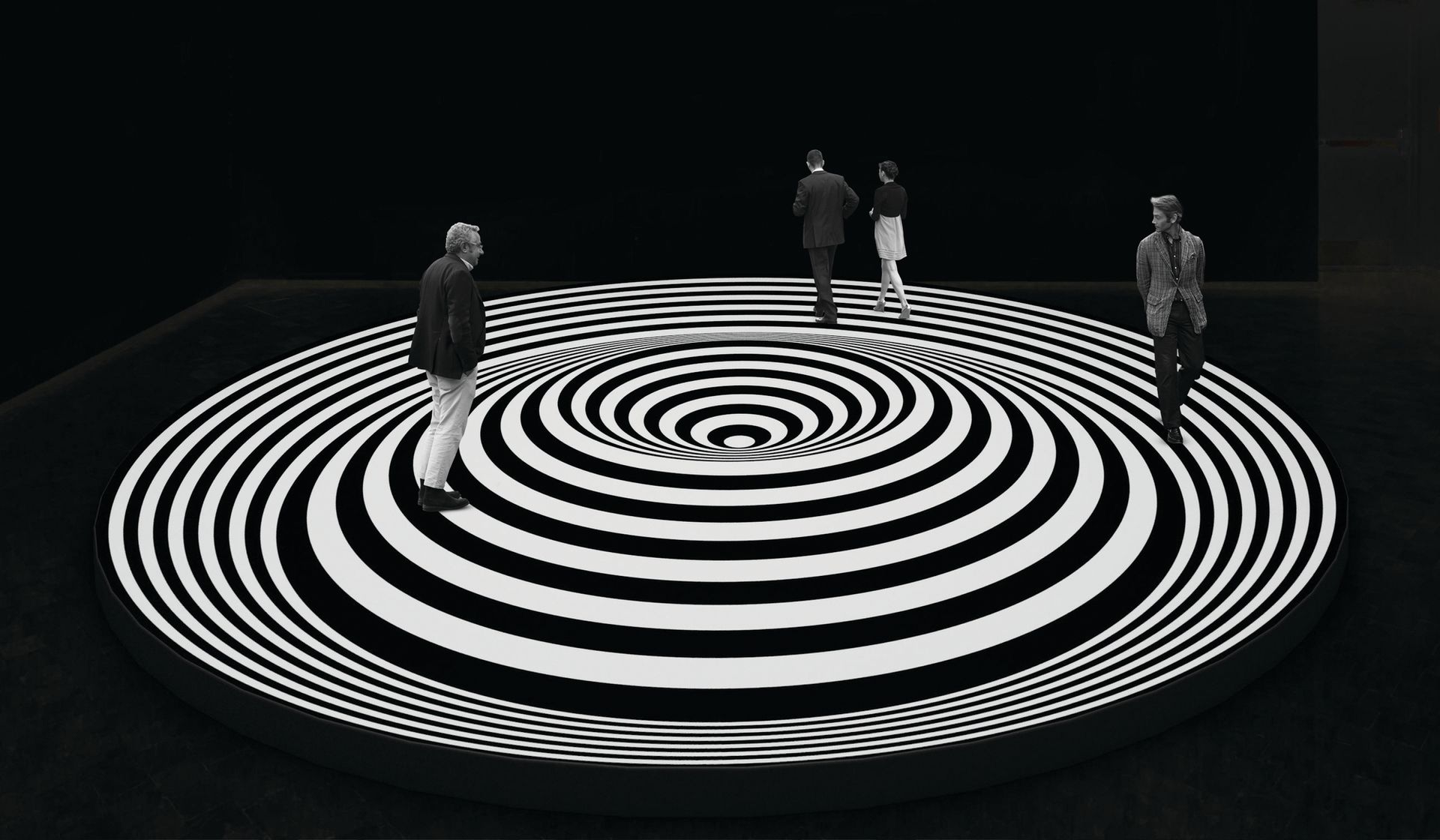
The Illusive Eye: an International Inquiry on Kinetic and Op Art, until 21 May, El Museo del Barrio
Prepare to have your vision checked at the Illusive Eye, which inserts more Latin American artists into the Kinetic and Op Art conversation. The Italian artist Marina Apollonio’s trippy, circular black and white floor graphic Spazio ad Attivazione Cinetica 6B (1966-2015) will suck you in—and maybe inspire a selfie. V.S.B.

Van Dyck: the Anatomy of Portraiture, until 5 June, Frick Collection
Van Dyck’s large-scale portraits of the powerful impress with their lusciously rendered silks and steady gazes, but keep an eye out for smaller, more informal gems, like an oil study of the cherub-cheeked Princesses Elizabeth and Anne, Daughters of Charles I (1637) and a self-portrait of the teenaged artist (around 1613-15). V.S.B.
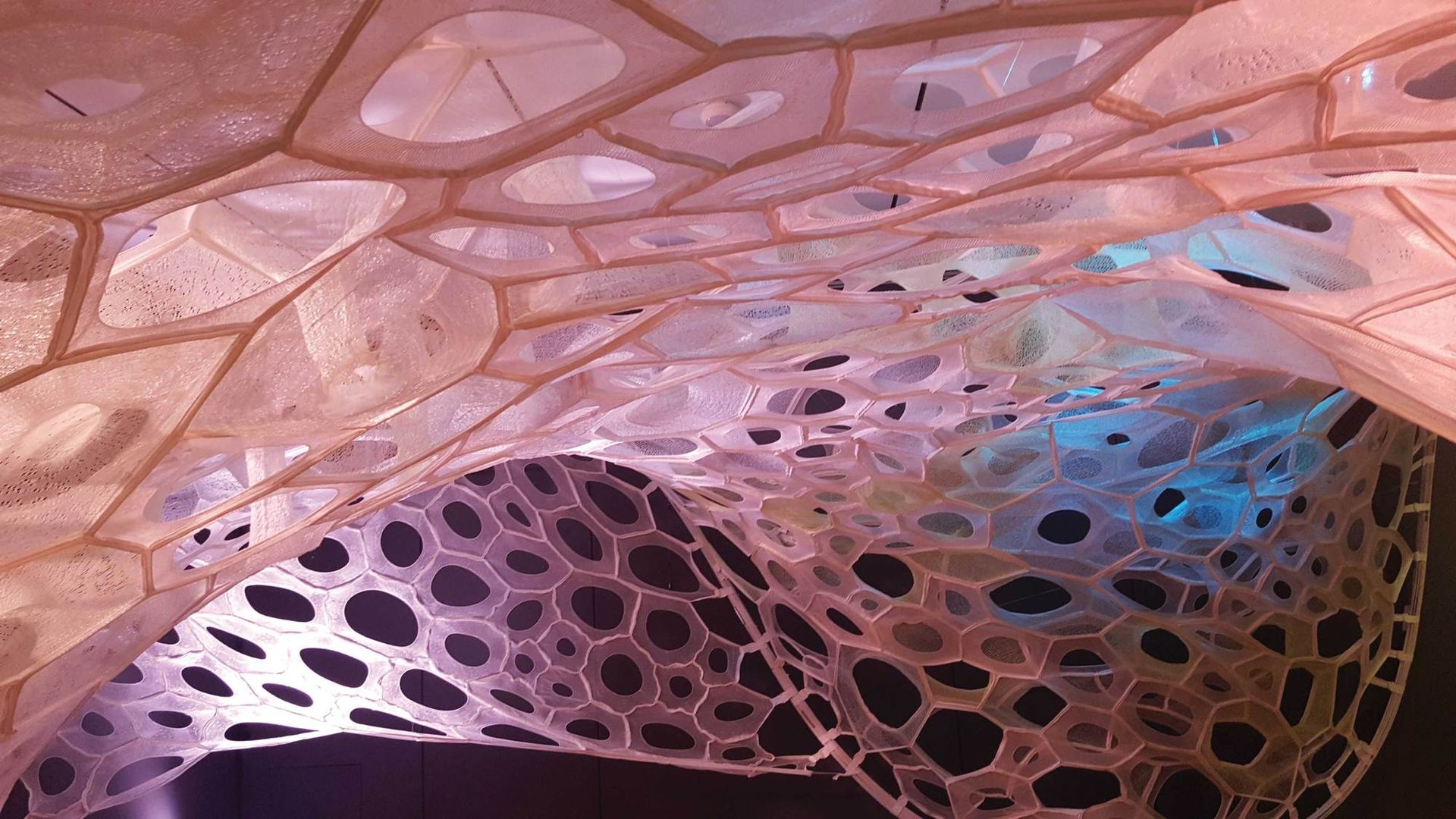
Beauty: Cooper Hewitt Design Triennial, until 21 August, Cooper Hewitt, Smithsonian Design Museum
Immerse yourself in multiple interpretations of beauty, from an installation you are encouraged to touch—a scratch-and-sniff wall painted with Sissel Tolass’s Central Park scent, horse manure and all—to the architect Jenny Sabin’s curved, glowing structure knitted in photoluminescent material. V.S.B.
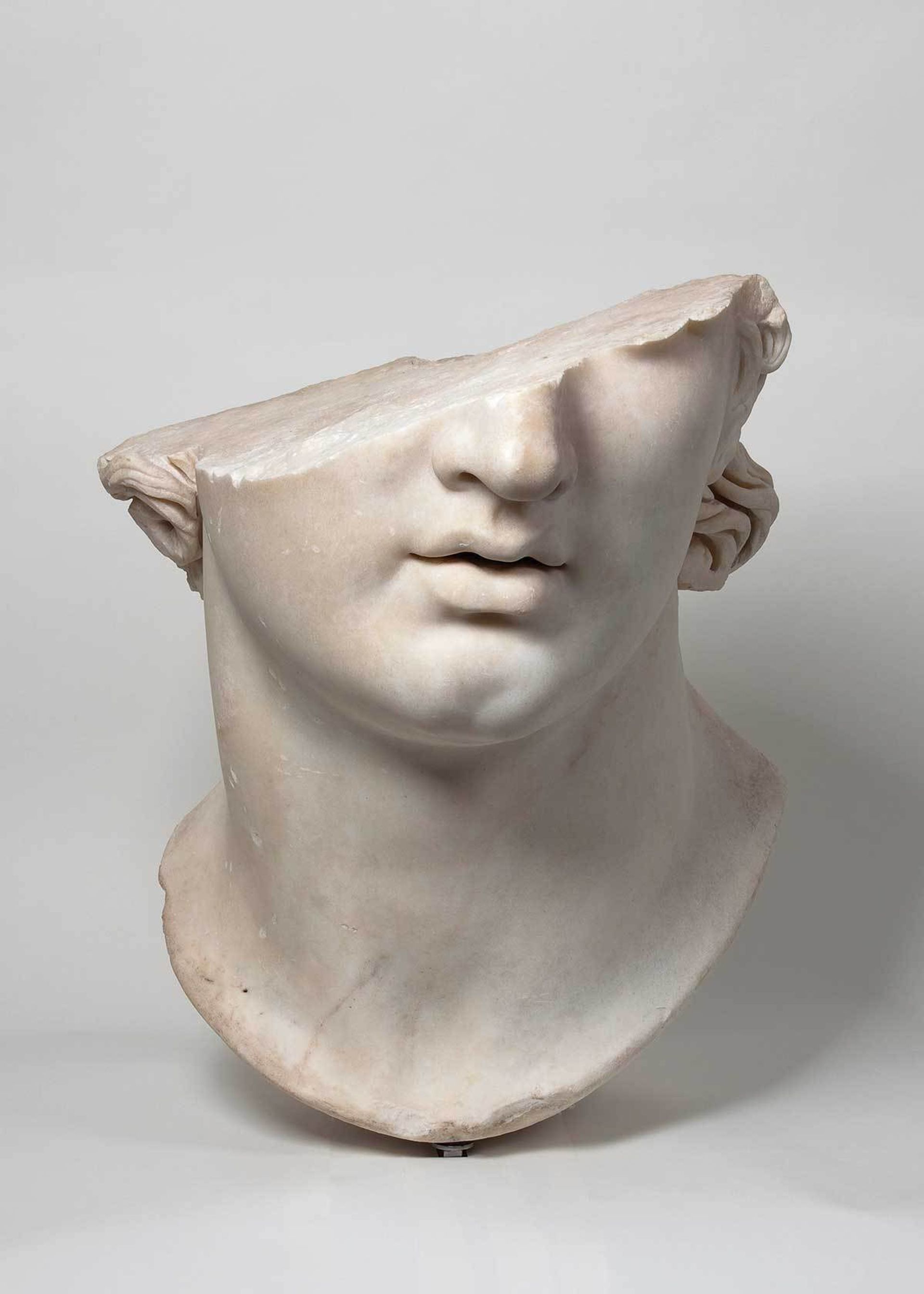
Pergamon and the Hellenistic Kingdoms of the Ancient World, until 10 July, Metropolitan Museum of Art
The Hellenistic era of European history (around 323-30BC)—largely associated with decadence and decay—has long been overshadowed by the earlier Classical period (around 480-323BC), during which artists like Polykleitos devised ideal proportions for the human figure. But a show at the Metropolitan Museum of Art looks to change that. The exhibition includes 260 works, more than 70 of which come from Berlin’s Pergamon Museum, and uses Pergamon, a Hellenistic capital in present-day Turkey, as a case study to explore three centuries of trade, royal patronage, literature, theatre and fine arts, from the death of Alexander the Great in 323BC to Cleopatra’s suicide in 30BC. E.S.

